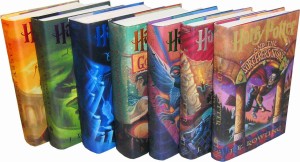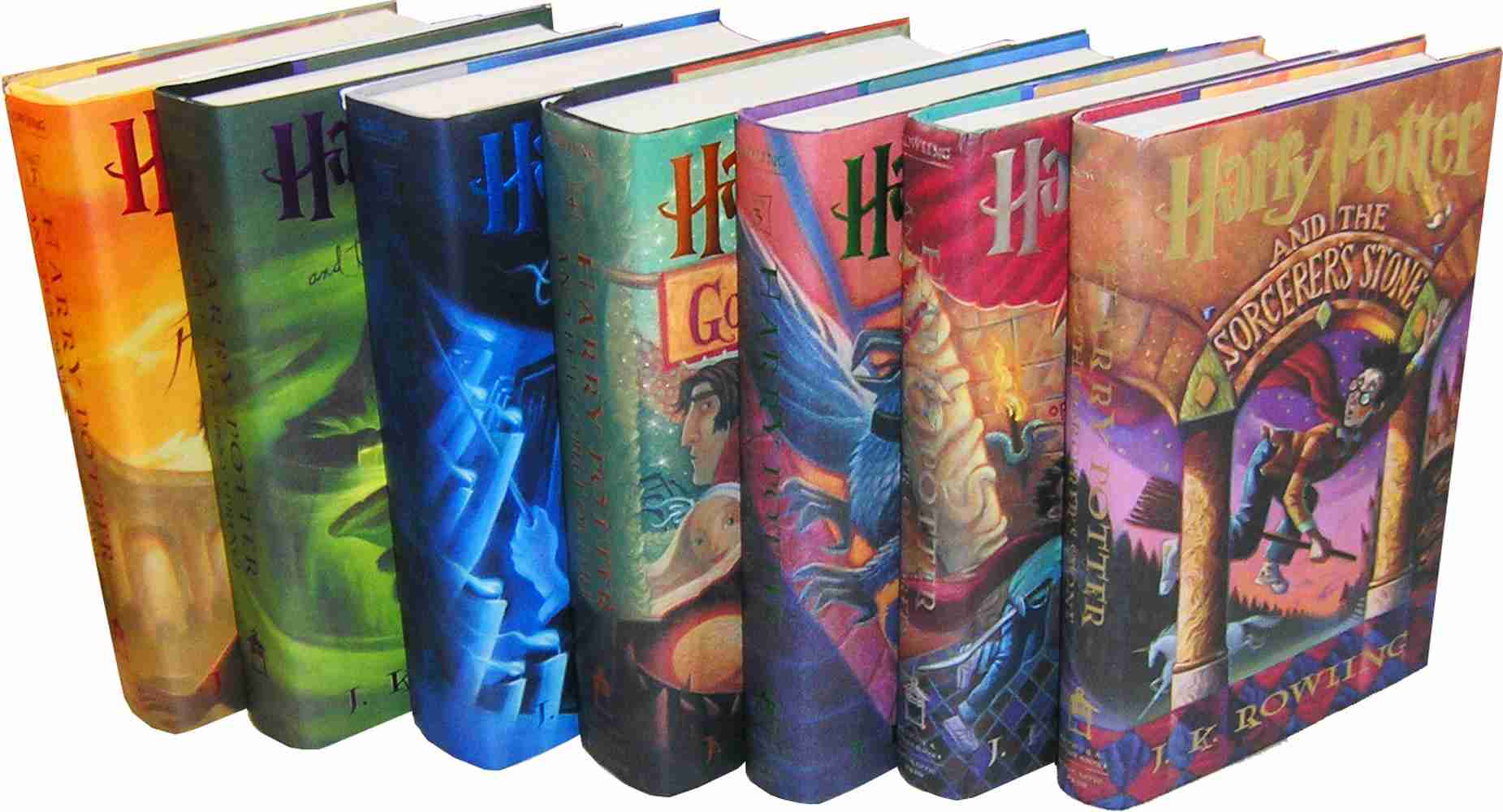[fusion_builder_container hundred_percent=”yes” overflow=”visible”][fusion_builder_row][fusion_builder_column type=”1_1″ background_position=”left top” background_color=”” border_size=”” border_color=”” border_style=”solid” spacing=”yes” background_image=”” background_repeat=”no-repeat” padding=”” margin_top=”0px” margin_bottom=”0px” class=”” id=”” animation_type=”” animation_speed=”0.3″ animation_direction=”left” hide_on_mobile=”no” center_content=”no” min_height=”none”]
The year 2013 provided one of the best examples of real life detective work investigating a detective story as well as an application of the Common Core Mathematical Practice Standard #7:
CCSS.Math.Practice.MP7 Look for and make use of structure.
The investigation was initiated because of structures and patterns, specifically the writing patterns of the author J.K. Rowling of Harry Potter fame. This mathematical practice standard MP#7 calls for students to “look closely to discern a pattern or structure,” and noticing a pattern was exactly what a computer program did in unmasking Rowling as the author of The Cuckoo’s Calling. The mystery novel, had been published under the name Robert Gailbraith, and the novel had begun to generate some critical acclaim. Only there was no Robert Gailbraith; Gailbraith was the pseudonym Rowling had chosen for her new foray into the mystery genre.
The ruse did not last long. In true detective fashion, two university professors, acting on a anonymous tip, wrote a computer code that used algorithms to compare patterns in the writing from The Cuckoo’s Calling with titles from Rowling’s Harry Potter series and the works of other mystery writers. The algorithms targeted several possible mystery writers, but Rowling’s name came up most consistently with language patterns that matched word length, 100 most common words, pairs of words, and the patterns of letters, spaces and grammatical marks known as “four character strings.”
The steps to identifying were outlined in an article in Popular Science, “How Computer Algorithms Uncovered J.K. Rowling’s Pseudonymous Novel.” Writer Francie Diep explained that, “Some of the individual tests found authors other than Rowling were the best match. Nevertheless, Rowling came up the most consistently.”
The methods of the professors investigating Rowling belong to a practice known as the digital humanities, a field of study that “aims at developing and using the digital resources and tools for solving the research questions in the Humanities.”— Takafumi Suzuki (For other definitions check out whatisdigitalhumanities.com)
As texts become available digitally, they can be deconstructed into parts in order to answer research questions such as word origins (etymology), locating primary sources, and determining authorship. In the journal A Companion to Digital Humanities an article titled “Stylistic Analysis and Authorship Studies” author Hugh Craig points out that,
“There are enough successes to suggest that computational stylistics and non-traditional attribution have become essential tools, the first places one looks to for answers on very large questions of text patterning, and on difficult authorship problems.”
These patterns can do more than identify authorship. Patterns can be used to support an author’s purpose. For example, suppose a wily politician in a staged drama wanted to implicate a group or individual in a particularly heinous incident? That politician might capitalize on a rhetorical device of repetition. In the play Julius Caesar by Shakespeare, Marc Anthony, the politician, deepens Brutus’s involvement with the murder of Julius Caesar through the use of the phrase “honorable.” Here, the actor Marlon Brando plays Marc Anthony and recites the speech (1951 film).
The famous speech begins “Friends, Romans, Countrymen; Lend me your ears..” (3.2.) and Shakespeare employs the rhetorical device, an antistrophe or repetition of the same word phrase at the end of successive clauses, repeating “that Brutus is an honorable man.” In the opening 30 lines of the speech, Marc Anthony also connects “ambition” with the death of Julius Caesar. Five times, Marc Anthony refers to “an honorable man,” yet still links the murder with ambition. By the end of his oration, Marc Anthony’s rhetorical accusations have inferred Brutus’s less than honorable behavior, and an incensed mob storms the streets of Rome seeking revenge. A final analysis reveals that Shakespeare’s use of rhetoric allowed his character Marc Anthony to attack Brutus very publicly for political gain.
Employing a pattern of repetition can serve an author’s purpose, and understanding an author’s purpose requires the kind of stylistic analysis that is embedded in the English Language Arts Literacy Reading Standards where students “interpret words and phrases as they are used in a text, and analyze how specific word choices shape meaning or tone.” Patterns reveal the author’s craft; patterns also reveal author’s purpose.
 You can find a textual pattern in any one of seven basic sentence types. You can find a textual pattern any one of the seven days of the week on any one of the seven continents. Using Mathematical Practice Standard #7, helps find the purpose of a text or find the author of a text…like J.K. Rowling, who wrote seven books in the Harry Potter series. Coincidence? No. Pattern.[/fusion_builder_column][/fusion_builder_row][/fusion_builder_container]
You can find a textual pattern in any one of seven basic sentence types. You can find a textual pattern any one of the seven days of the week on any one of the seven continents. Using Mathematical Practice Standard #7, helps find the purpose of a text or find the author of a text…like J.K. Rowling, who wrote seven books in the Harry Potter series. Coincidence? No. Pattern.[/fusion_builder_column][/fusion_builder_row][/fusion_builder_container]




